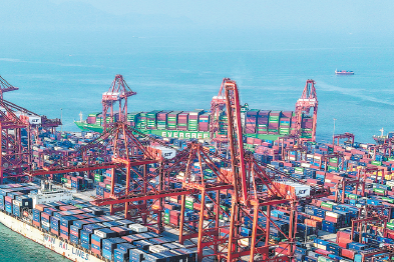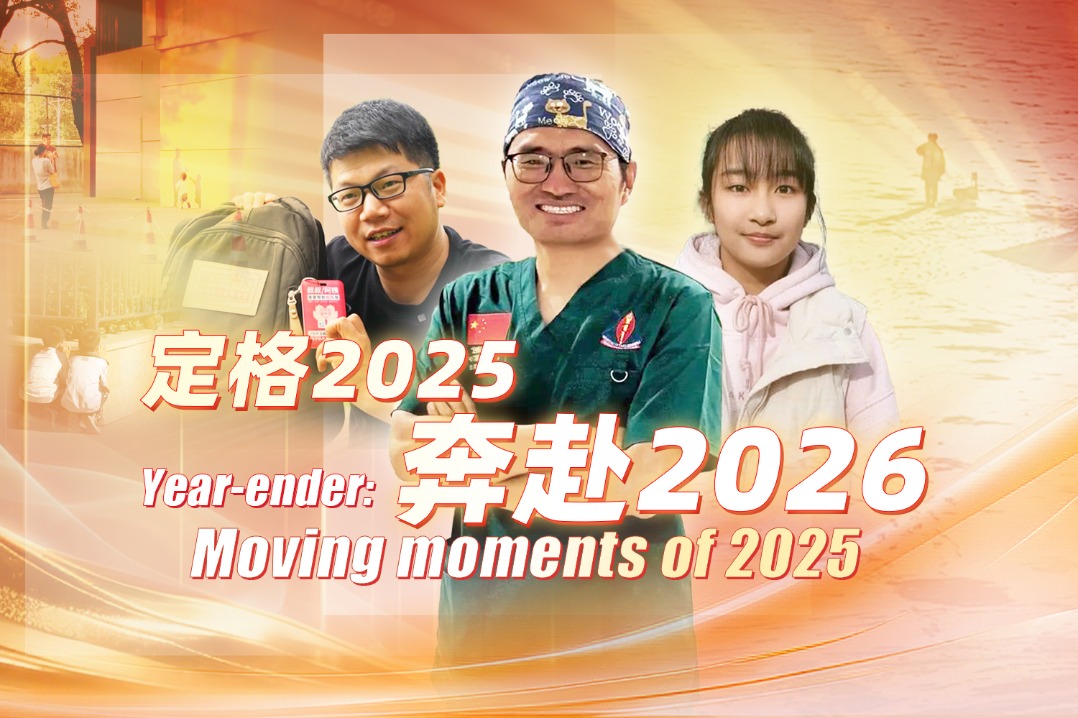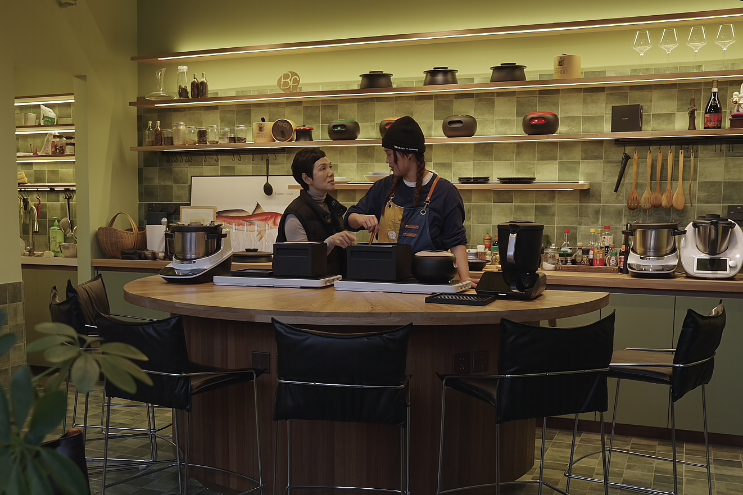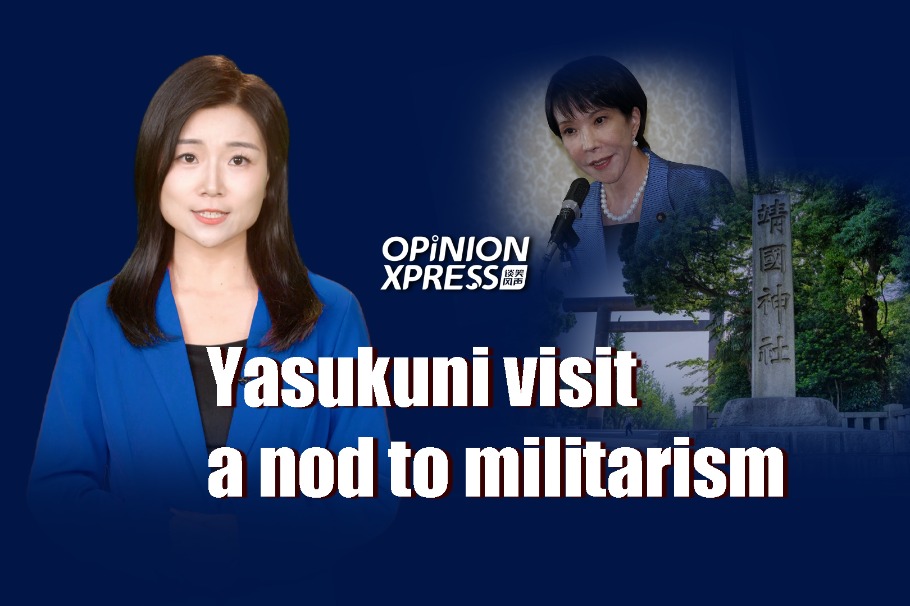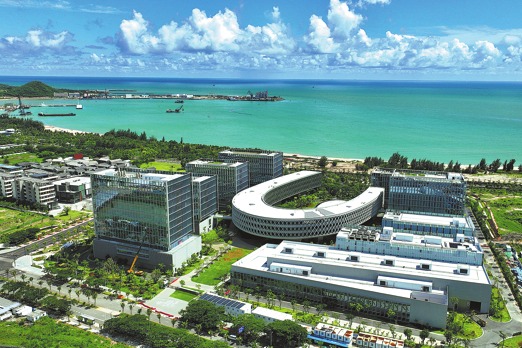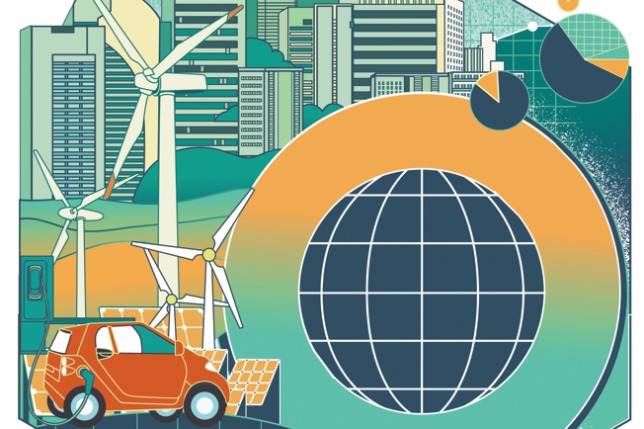Galvanized for action


Asia-Pacific economies must join hands to advance mutually beneficial synergies
The 30th Asia-Pacific Economic Cooperation Economic Leaders' Meeting has finished in San Francisco, however its three priorities of interconnectedness, innovation and inclusivity still dominate the international headlines.
As the 21 APEC member economies account for 38 percent of the global population, 62 percent of the global GDP and 48 percent of the global trade, the San Francisco meeting pledged support for reform of the World Trade Organization to improve all of its functions.
Besides the 30th APEC meeting, the concomitant summit between the Chinese and US leaders signaled an easing of China-US relations. The international public has been profoundly shaken by recent events in Gaza as well as by evidence from the World Inequality Report 2022, released by World Inequality Database, that shows the richest 10 percent in East Asia control about 40 percent of the total income. In view of the ongoing socioeconomic consequences, it is evident that the APEC economies must expand synergies based on an equilibrium among innovation, technology and exchanges. Within this context, China has urged the Asia-Pacific economies to expand innovation as a strong driver of development to follow the trends of scientific and technological advancement in a more proactive way by further enhancing exchanges, equity, connectivity and synergies for development and economic growth.
For China, openness, an equitable environment and inclusiveness are the essential common ground practices for Asia-Pacific cooperation. Practices that lead to a holistic development will consequently deliver benefits to all. These practices are the fundamental pillars to ensure that the next 30 years are golden for the Asia-Pacific region. It is for this reason that the APEC members are called on for high-quality growth in accordance to the vision of building an Asia-Pacific community with a shared future.
China welcomes all efforts pertinent to connectivity initiatives or corridors that truly assist developing countries to build infrastructure and promote mutual development. For instance, on Sep 9 at the G20 summit, the United States, India, Saudi Arabia, the European Union and other countries announced a memorandum of understanding on working together to develop the India-Middle East-Europe Economic Corridor (IMEC). This US-backed initiative should be open and inclusive. In this context, Chinese Foreign Minister Wang Yi has lately underlined the fact that the Belt and Road Initiative can be aligned with the European Union's Global Gateway strategy. The BRI, the IMEC and the Global Gateway may be cooperative in some ways.
However, it is equally important to note that the Global Gateway and the IMEC have already faced many structural problems, risks and challenges. In light of this, it should be recalled that outputs of previous Western infrastructure programs and initiatives have either failed or functioned as "a drop in the ocean". Specifically, the Build Back Better World, an initiative undertaken by the G7, the Global Gateway and the G7's Partnership for Global Infrastructure Investment have all failed to materialize the promised investments needed to challenge the BRI. On the other side, the memorandum of understanding of the IMEC is considered as a continuation of the I2U2 Group strategy. The BRI provides remarkable results and tangible benefits to people from over 150 countries and 30 international organizations. It has been widely recognized by the international community as China's robust outputs.
The world has entered a new period of turbulence, unpredictable factors and destabilization. It is therefore critically important for countries to prevent misunderstandings. Taking the existing fragile and fragmented environment, China and the US should adopt a new vision for bilateral relations, so does China and the EU.
The author is a former rector of the European University Cyprus, an ordinary member of the European Academy of Sciences and Arts and director of the CASSEUC China Studies Center. The author contributed this article to China Watch, a think tank powered by China Daily.
The views do not necessarily reflect those of China Daily.
Contact the editor at editor@chinawatch.cn
















